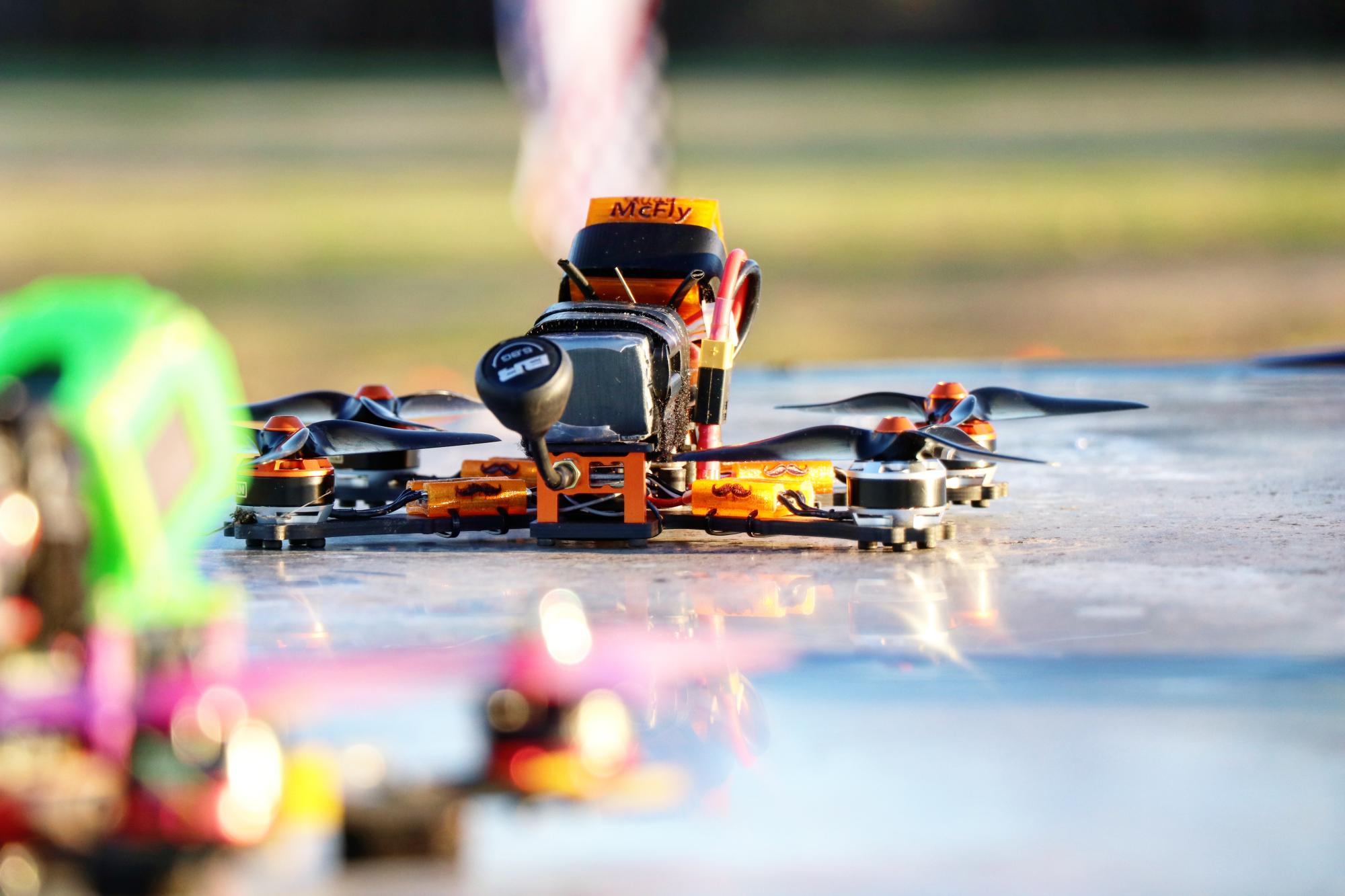- Home >
- Results >
- Motor Tests >
- High KV >
- Garila X2506 2600kv
The upgraded X series of motors from Garila, adding options to the wider stator size market.
Check out the full list of motors in this series here
Summary
Results
This motor is a bit lower Kv than the previously tested Garila, stating 2600kv on the bell and testing right at 2550kv. The internal improvements for the X series seem to have boosted performance a tad, bring the results of the 2600kv here to just shy of the J series 2750kv. The 50kv difference between the motors is most obvious on the lighter props where the higher Kv J series pulls ahead, though the X series narrows the gap on the heavier props. The X series line from Garila is still what I would consider a conservative design however, relying primarily on the stator size for power and response. For instance there are a number of smaller motors that are more performance focused and give faster changes in RPM with more agressive maximum output for the equivalent Kv, but that often comes at a current consumption cost. There are definitely gains to the Garila approach. They run much cooler than other motors in the same thrust range. The better temperature handling, larger air gap, and decreased field strength will improve handling of higher voltages, even at higher Kv. Even though this approach is fairly unusual in today's motor market, this combination still creates a compelling result for certain applications, though the weight remains a barrier for some. I will be interested to see further progression of this design and exploration of its unique possibilities.










































